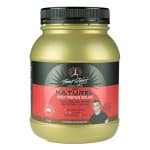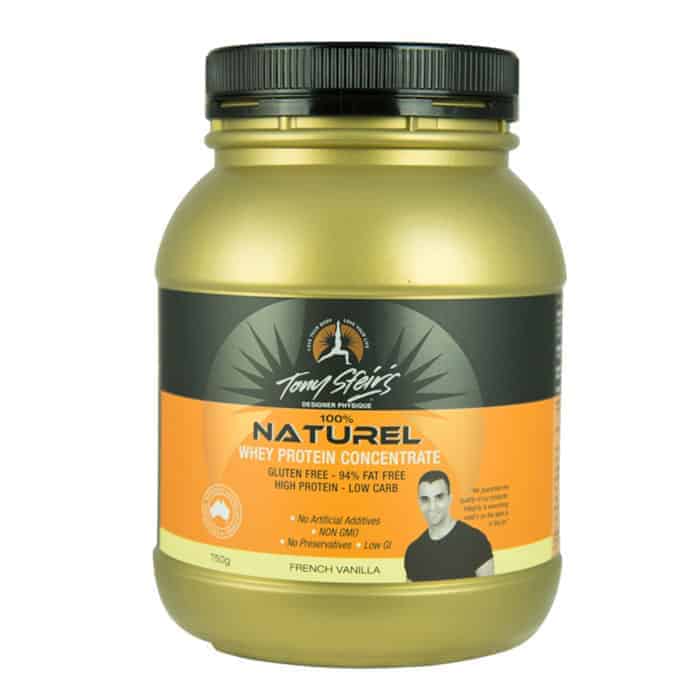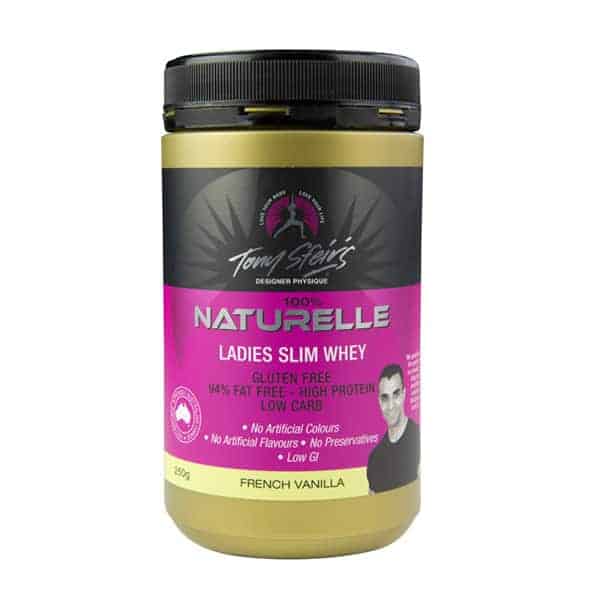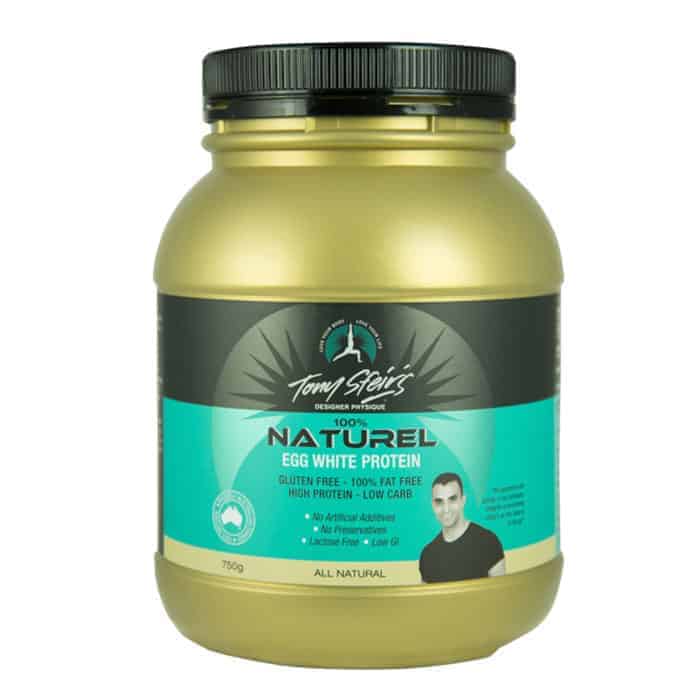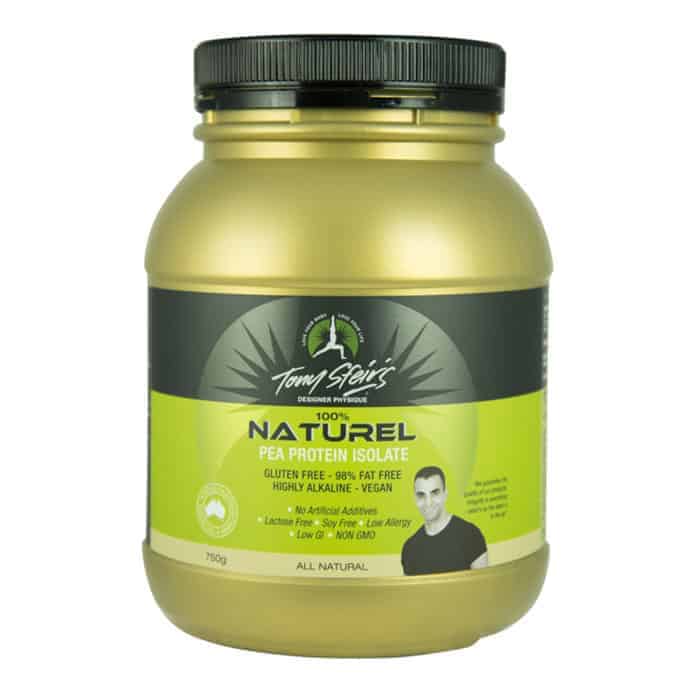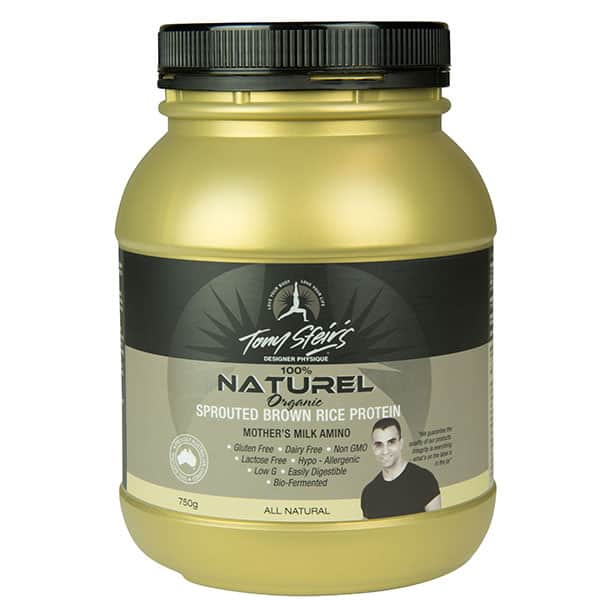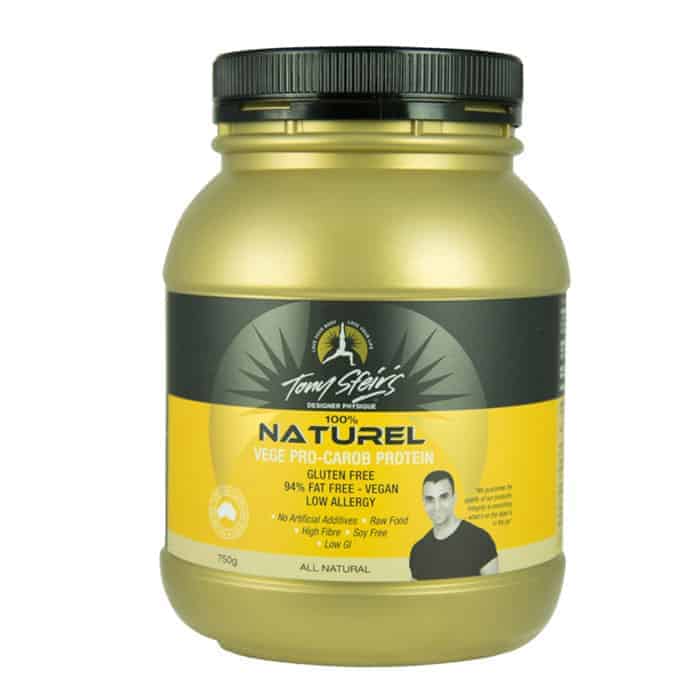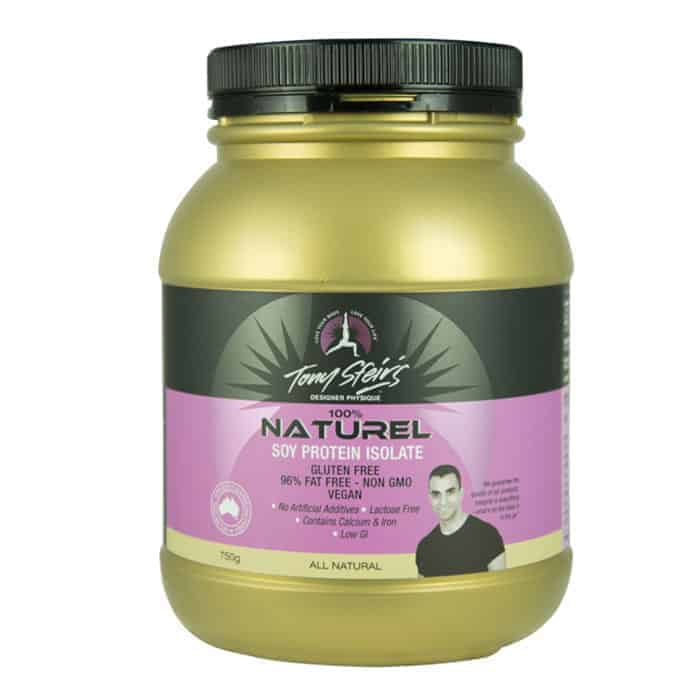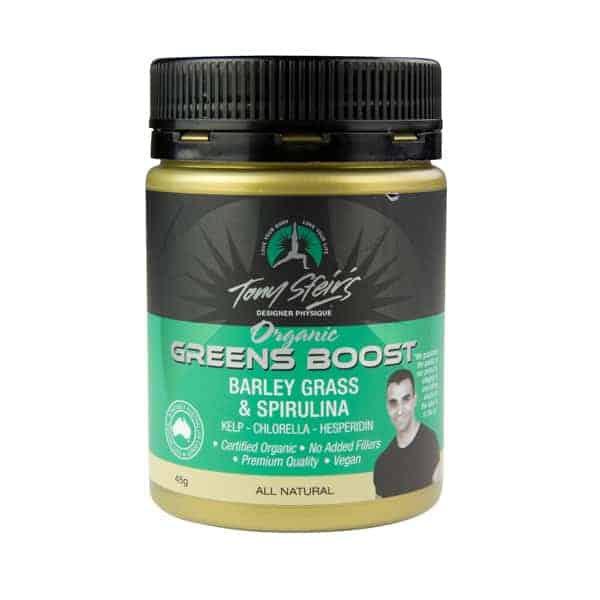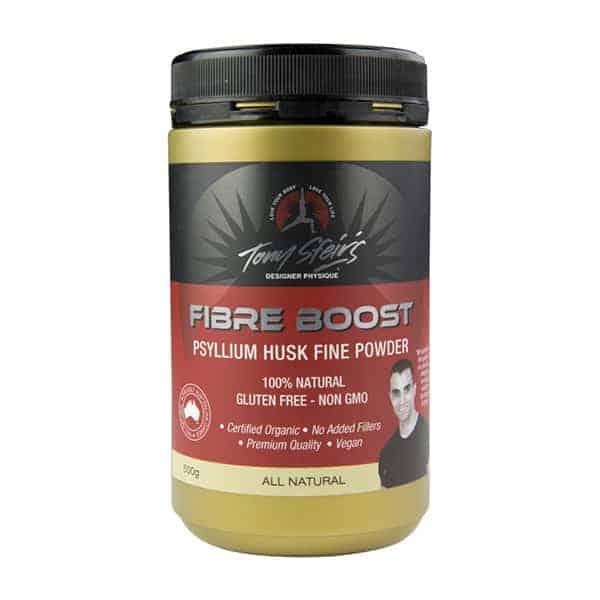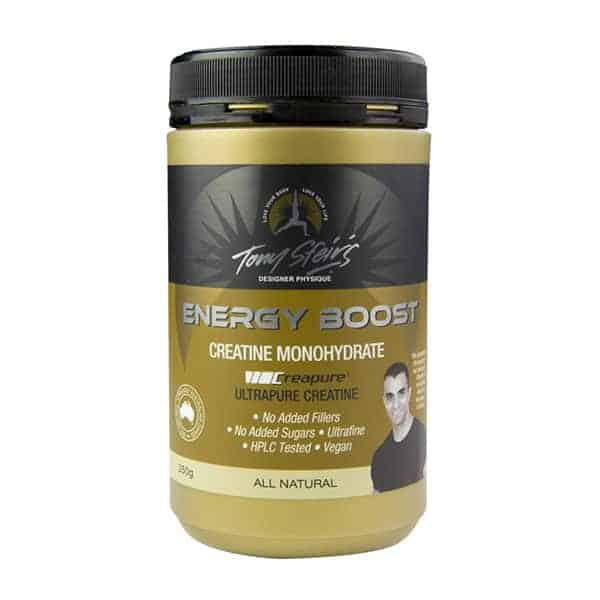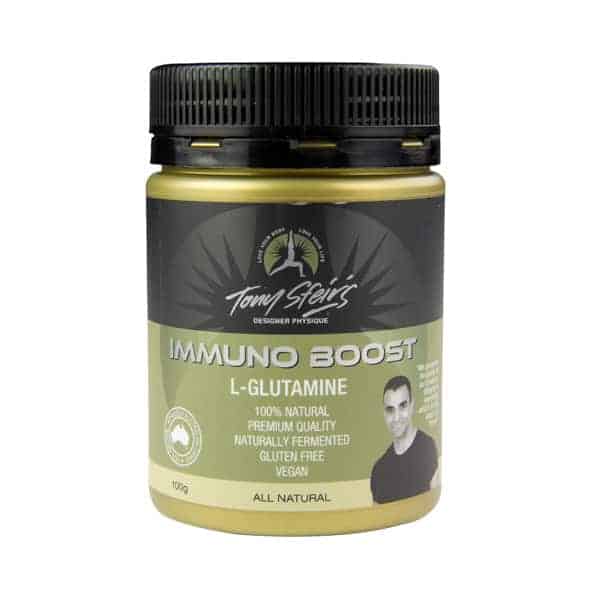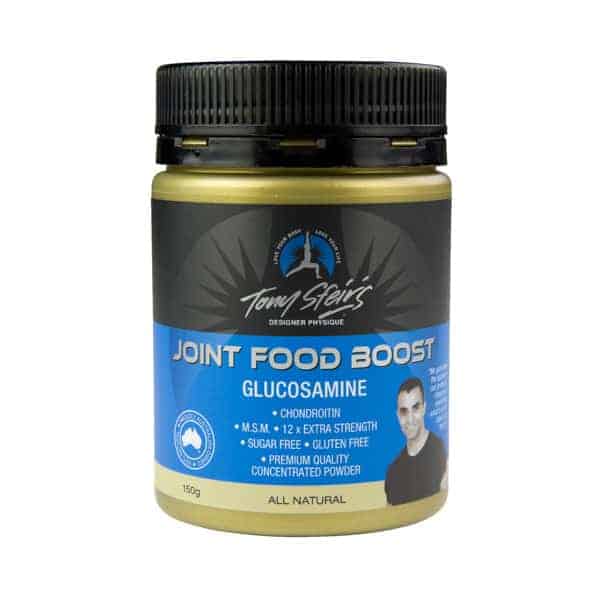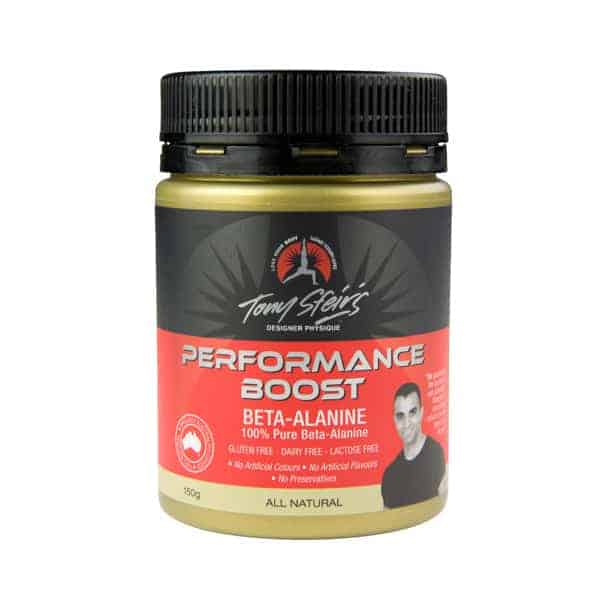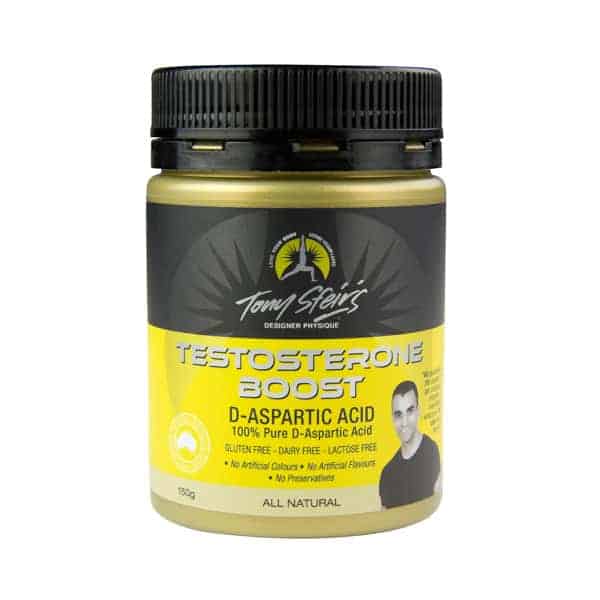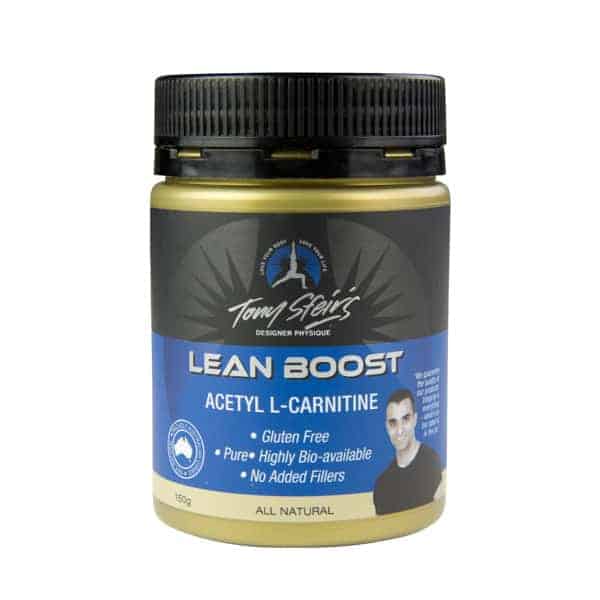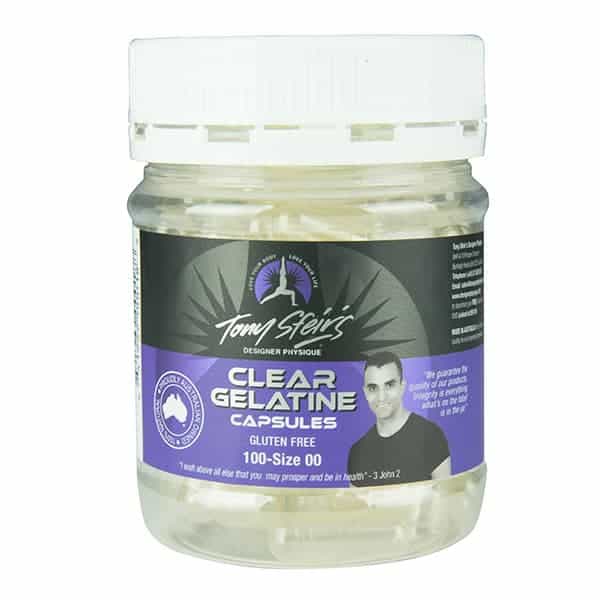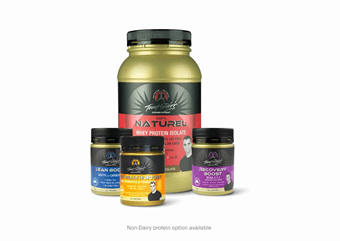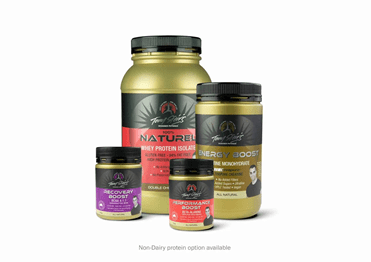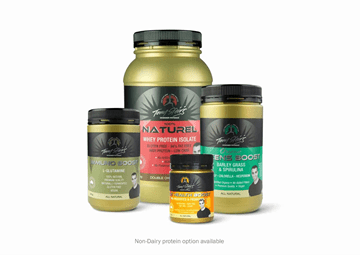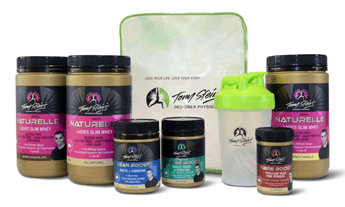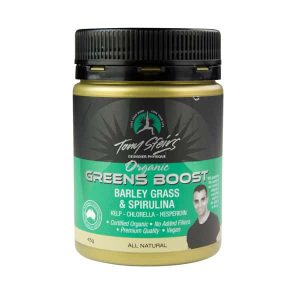Testosterone is a known hormone that occurs naturally in the body, and although it commonly runs rampant in males, females need a bit of it too.
Of course, males and females require a delicate balance of not just testosterone, but oestrogen and other neurochemicals too.
When this balance is out and testosterone is low our muscle gain, libido, and exercise performance can suffer, and may also lead us to other chronic disease states later in life.
There are many synthetic and natural ways to increase testosterone, most of which are either illegal, don’t work, or usually sit on the fringe of science, making them too expensive for the average Joe.
This is where Designer Physique’s Testosterone Boost steps in, containing one particular compound to increase testosterone naturally, and that is D-Aspartic Acid.
Increase Testosterone with D-Aspartic Acid
First and foremost, what the heck is D-Aspartic Acid?
D-aspartic acid is a non-essential amino acid that resides in the central brain region (primarily in the pituitary gland) and also in the male testes.
In the pituitary gland, d-aspartic acid plays a core role in the regulation and synthesis of hormones including luteinising hormone (LH), follicle-stimulating hormone (FH), and growth hormone (GH), all of which play a key role in healthy reproductive function in both males and females (Topo et al., 2009).
In the testes, D-aspartic acid acts as a rate-limiter for testosterone synthesis, and when our levels are adequate, allows us to increase testosterone naturally (D’Aniello et al., 2012).
Why Should We Increase Our Testosterone?
Testosterone plays a pivotal role in the physiological health of men, and our risk of testosterone deficiency increases as we age.
Of course, testosterone also plays a role in women, which we will also discuss momentarily.
When men don’t have adequate testosterone, we impair our ability to gain muscle mass, bone mass, tend to carry more fat, and our power output is significantly reduced.
Men can also experience a substantial dip in energy, loss of libido, and this can often spiral into mood changes and depression.
Of course, without testosterone, men also become infertile, because it is a critical hormone in the development of healthy sperm production (Jones, 2008).
For you female readers out there, you may be wondering, how is this relevant to me?
How Do Women Benefit From D-Aspartic Acid?
Just like men, testosterone also has a critical role to play in women’s health, especially when maintaining muscle strength and bone density is a primary goal.
Moderate levels of testosterone in women actually play a role in sexual interest and libido, while also maintaining healthy female reproductive function.
When women don’t have adequate testosterone, sexual drive and libido decrease, and our energy tends to also dip.
On top of this, unexpected hair loss can occur, and we can begin to experience a loss in body mass and bone density, increasing our risk of osteopenia or osteoporosis (Bolour & Braunstein, 2005).
Please note that too much testosterone for women is generally not good, and an excess can lead to undesirable effects such as excess body hair, acne, and long-term can lead to infertility and female reproductive disorders (Laughlin et al., 2010).
It’s always best to have your hormone levels tested by a health care professional before attempting to increase testosterone naturally (although less of a concern, men should do this as well).
The Takeaway
Boosting testosterone doesn’t have to be complicated with injections and illegal compounds; we can increase testosterone naturally with Designer Physique Testosterone Boost.
Our unique formula contains only one ingredient, D-aspartic acid, which has shown to effectively increase testosterone, which benefits both men and women.
This makes our product great for both men and women athletes and bodybuilders looking to increase muscle mass, strength, and overall improve athletic performance.
Start boosting your exercise goals with Designer Physique Testosterone Boost today!
Testosterone is a known hormone that occurs naturally in the body, and although it commonly runs rampant in males, females need a bit of it too.
Of course, males and females require a delicate balance of not just testosterone, but oestrogen and other neurochemicals too.
When this balance is out and testosterone is low our muscle gain, libido, and exercise performance can suffer, and may also lead us to other chronic disease states later in life.
There are many synthetic and natural testosterone boosters out there, most of which are either illegal, don’t work, or usually sit on the fringe of science, making them too expensive for the average Joe.
This is where Designer Physique’s Testosterone Boost steps in, containing one particular compound that increases testosterone naturally, and that is D-Aspartic Acid.
References
- Bolour, S., & Braunstein, G. (2005). Testosterone therapy in women: A review. International Journal of Impotence Research, 17(5), 399-408. https://doi.org/10.1038/sj.ijir.3901334
- D’Aniello, G., Ronsini, S., Notari, T., Grieco, N., Infante, V., D’Angel, N., Mascia, F., Fiore, M. M., Fisher, G., & D’Aniello, A. (2012). D-aspartate, a key element for the improvement of sperm quality. Advances in Sexual Medicine, 02(04), 45-53. https://doi.org/10.4236/asm.2012.24008
- Jones, H. (2008). Testosterone for the aging male; current evidence and recommended practice. Clinical Interventions in Aging, 3, 25-44. https://doi.org/10.2147/cia.s190
- Laughlin, G. A., Goodell, V., & Barrett-Connor, E. (2010). Extremes of endogenous testosterone are associated with increased risk of incident coronary events in older women. The Journal of Clinical Endocrinology & Metabolism, 95(2), 740-747. https://doi.org/10.1210/jc.2009-1693
- Topo, E., Soricelli, A., D’Aniello, A., Ronsini, S., & D’Aniello, G. (2009). The role and molecular mechanism of D-aspartic acid in the release and synthesis of LH and testosterone in humans and rats. Reproductive Biology and Endocrinology, 7(1), 120. https://doi.org/10.1186/1477-7827-7-120

